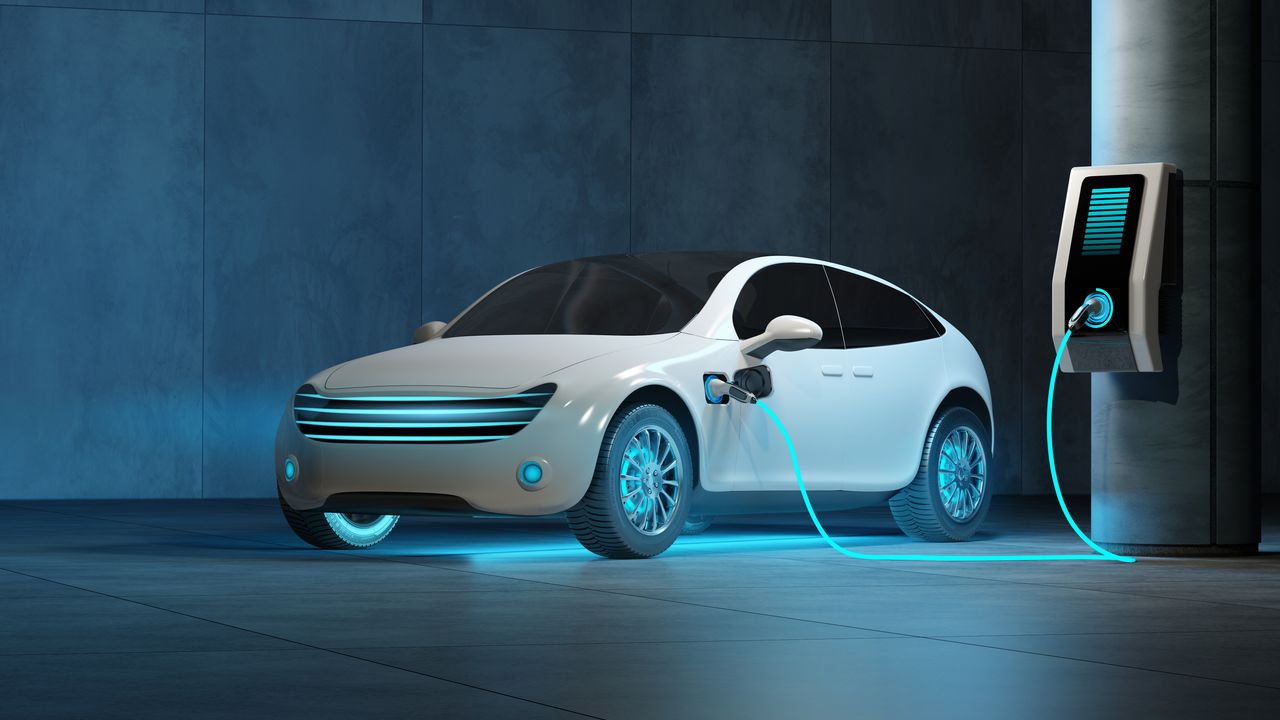EV Charging Platform User Experience: A Seamless Journey
As the popularity of electric vehicles (EVs) continues to grow, so does the need for efficient and user-friendly charging solutions. EV charging platforms play a crucial role in providing a seamless charging experience for users. In this article, we will explore the key aspects of EV charging platform user experience, including charging history, user onboarding, and user-friendly design.
Charging History: Keeping Track of Your Power
One of the significant advantages of using an EV charging platform is the ability to track your charging history. With traditional gasoline-powered vehicles, it can be challenging to keep a record of your fuel consumption. However, with an EV charging platform, users can easily access their charging history, including the date, time, and duration of each charging session.
Having access to charging history is not only convenient but also allows users to monitor their energy consumption and costs. It enables them to make informed decisions regarding their charging habits, such as identifying the most cost-effective charging times or optimizing their charging patterns to minimize environmental impact.
Charging Platform User Onboarding: A Smooth Start
When new users join an EV charging platform, a smooth onboarding process is crucial to ensure a positive user experience from the start. The onboarding process should be intuitive and user-friendly, guiding users through the necessary steps to set up their accounts and connect their vehicles.
During the onboarding process, users may be required to provide information such as their vehicle model, charging preferences, and payment details. A well-designed onboarding flow should make it easy for users to input this information, with clear instructions and minimal friction.
Additionally, an effective onboarding process should provide users with relevant information and resources to help them get the most out of the charging platform. This could include instructional videos, FAQs, or even personalized tips based on their specific vehicle model and charging needs.
Charging Platform User-Friendly Design: Simplifying the Experience
A user-friendly design is paramount for an EV charging platform to ensure a seamless and intuitive experience for users. The platform should be visually appealing, with a clean and organized layout that makes it easy for users to navigate and find the information they need.
Clear and concise labeling of features and options is essential to avoid confusion and reduce the learning curve for new users. The use of intuitive icons and tooltips can further enhance the user experience by providing additional context or guidance when needed.
Furthermore, a responsive design that adapts to different screen sizes and devices is crucial in today’s mobile-driven world. Users should be able to access and control their charging sessions conveniently from their smartphones or tablets, ensuring flexibility and convenience.
Another aspect of user-friendly design is the integration of real-time data and notifications. Users should be able to view the availability of charging stations, receive alerts when their vehicle is fully charged or when a charging session is interrupted, and even remotely start or stop charging sessions if supported by the charging infrastructure.
Conclusion
EV charging platforms play a vital role in enhancing the user experience and promoting the widespread adoption of electric vehicles. By providing users with access to their charging history, ensuring a smooth onboarding process, and offering a user-friendly design, these platforms simplify the charging experience and empower users to make informed decisions about their energy consumption.
As the EV market continues to evolve, it is crucial for charging platform providers to prioritize user experience and continually improve their offerings. By doing so, they can contribute to the growth of the EV ecosystem and encourage more individuals to embrace electric mobility.
